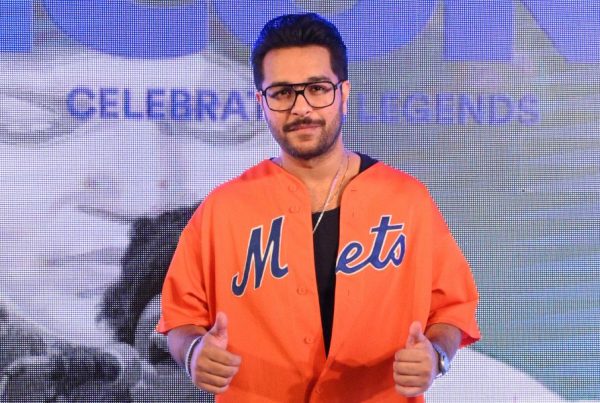I watched Ghughi, and then I watched Pinjar, again
The average Prime Time TV drama helps me unwind in the evenings and this week, Ghughi got added to that list. Unfortunately, I couldn’t watch it on Thursday, when it aired, but intrigued, I made the effort yesterday on Saturday evening. I watched 40 minutes of Ghughi and then somehow I found myself streaming and revisiting all 3 glorious hours of the classic, Pinjar. I don’t think I’ve ever wept at the end a film as I did at 2am last night.

Inayat is brought back after being abducted by the affluent Hindus of the village.
Adnan Siddiqui has some very big shoes to fill because Pinjar – the film, an adaptation of the 1950 Punjabi novel by Amrita Pritam, was near perfect and deservingly went on to win National Awards when it was made in 2003. Adnan has taken up the topic 15 years later, remaking it for television and retitling it Ghughi, literally meaning dove – the bird of peace – which incidentally was also the nickname given to Puro, the protagonist, by her brother Trilok. While Pinjar means ‘skeleton’, metaphorically Ghughi, I would think, refers to women at large, who are hunted and suffer as voiceless pieces of meat; Pritam’s Pinjar is a multi-tiered reference to the human body, to ritual, to misrepresentation of religion and everything that holds us captive. Sadly, it is as relevant today, as it was when it was written.
Episode One of Ghughi had impact.
The play opens in 1910, building premise around the Hindu-Muslim animosity that prevailed at that time. Ghughi shows the Hindus abducting Inayat, a girl from the poor and heavily indebted Sheikh family of farmers, keeping her hostage for 3 days thus driving the family’s honour to the ground. Her brother commits suicide and her uncle convinces them to relocate. Her newly widowed aunt is pregnant at the time. Fast forward 36 years to 1946 and the Sheikh’s fortune has been overturn; the Muslims now dominate the village and operate a thriving sugarcane business. The aunt, who was pregnant, had a boy who they named Rasheed and that boy has grown up to take over the family business. Enter Adnan Siddiqui. The episode ends with a Hindu family traveling to the village; this is the third generation of Hindus who abducted and dishonoured Inayat Sheikh. The Hindu merchant has a daughter, Nirmala, who we know will be abducted by Rasheed to avenge Inayat.

Amar Khan plays Nirmala, originally Puro played by Urmila Matondkar, while Adnan Siddiqui steps into the shoes of Rasheed, formerly and brilliantly played by Manoj Bajpayee.
The play is shot very well and shows obvious signs of attention to detail plus a high budget that is evident in the camera work. I did think that the misery of the time when Inayat is abducted is prolonged a bit; I would have preferred bone-chilling references as opposed to long-drawn out scenes of sorrow, grief and tragedy. The rona dhona gets too much. But the story moves swiftly, working over 36 years and bringing to 1946, when the actual story of Rasheed and Nirmala (originally Puro) is to begin.
Amrita Pritam’s novel is so layered and every character so complex that it will be a challenge to recreate that magic but if achieved, will result in an award winning TV serial. Let’s hope it does it justice; I have to say that it does look promising.














15 Comments